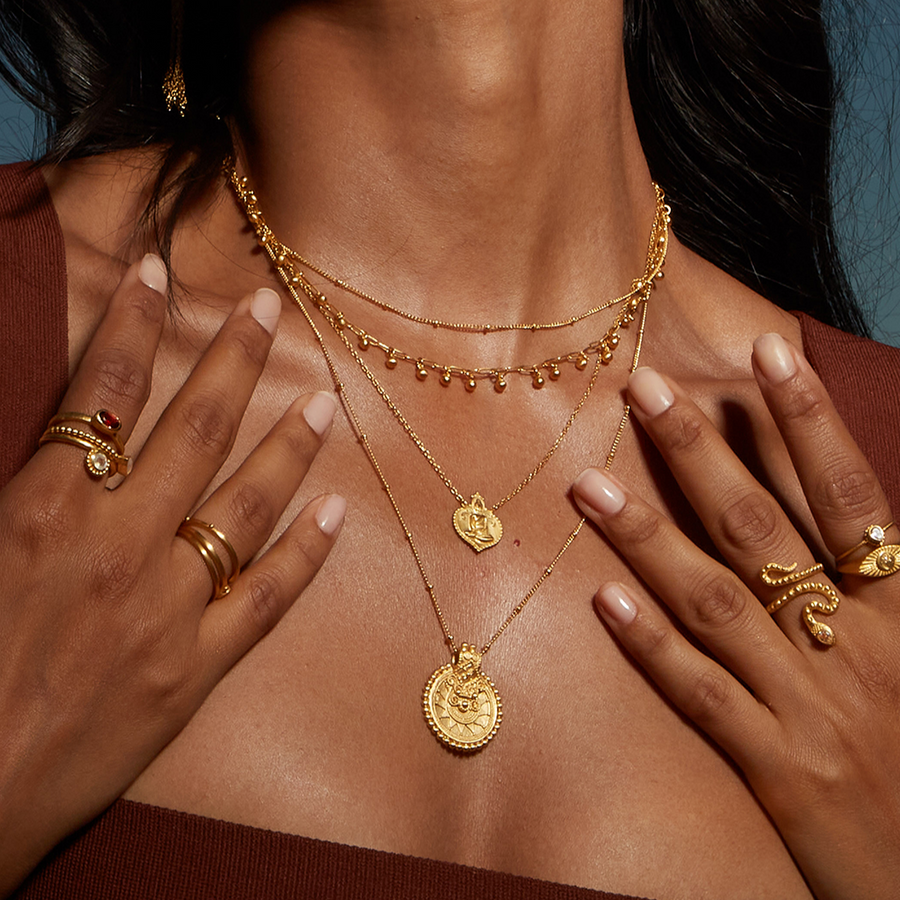Revealing the Mysteries Behind the Assessment Process Employed by Gold Buyers
Wiki Article
This appraisal procedure used from precious metal purchasers represents an crucial subject for anyone keen on disposing of precious metal. Comprehending how gold gets assessed may assist vendors formulate informed decisions and ensure sellers obtain an equitable valuation. Precious metal buyers typically utilize various essential elements for ascertain the value of gold items, including purity, weight, and present trading valuations. Each of these plays a important part during this complete assessment procedure.
A among the first steps of the valuation process is evaluating its fineness in a precious metal. Precious metal purity is measured in karats, with 24 karats representing 100% gold. Most gold jewelry is usually pure and may be ten, fourteen, and eighteen karat. A higher a karat number, the more gold content that piece contains. Precious metal purchasers commonly employ a testing technique, like chemical assessments and electronic testing, to determine its fineness in a precious metal. Such stage remains crucial because this immediately influences an piece's value. For instance, instance, a 24-karat precious metal item shall become valued more than a 14-karat piece, although when both have the same weight same weight.
Another mass of the gold item remains a further key factor in this appraisal procedure. Precious metal can be generally weighed in grams and troy ounces. Buyers will weigh a precious metal for compute its value according on its purity. This mass gets combined by the gold's fineness ratio to find the quantity of 100% gold contained in a piece. For instance, if a fourteen karat gold ring weighs 10 grams, the item contains about 5.83 grams of pure gold of pure precious metal. Such calculation helps purchasers ascertain the amount of buyers are willing to pay in exchange for an piece.
Current market valuations additionally have a significant role during this valuation of gold. The valuation for precious metal fluctuates based to availability and demand, financial factors, and global occurrences. Gold buyers maintain an close eye over such market trends to ensure buyers provide competitive prices. Buyers often look at the current valuation for gold, that is the present trading price of immediate transaction. This price may fluctuate daily, so buyers need to remain informed to offer correct valuations. Sellers must also remain cognizant of these trading fluctuations, as these may impact a valuation they obtain for their gold.
Finally, a state and quality in the gold piece can influence the value. Unique styles, brand names, plus cultural significance can each add to the worth for a piece. For instance, a well-crafted precious metal necklace from a renowned brand may command an higher gold bullion market analysis price than a similar piece without a designer name. Purchasers shall consider such factors when formulating an offer. Sellers should take the effort to polish plus present their gold pieces properly, as it can favorably affect a buyer's perception plus the ultimate price.

In conclusion, this valuation process used by gold buyers involves several important factors, including fineness, mass, present trading valuations, plus a state in the item. Understanding these elements can help sellers navigate the selling process more effectively. By staying knowledgeable about the way precious metal gets valued, sellers can ensure they obtain an equitable valuation for their gold items. Whether disposing of jewelry, currency, or additional precious metal items, knowledge of the valuation procedure remains crucial to formulating smart financial decisions.